Salix lasiolepis Bentham
Arroyo Willow
Salicaceae
[HOME]
Protologue: Pl. Hartw.: 335 (1857)
Pronunciation: Sà-lix la-si-ó-le-pis
Etymology: L. for willow, meaning to "leap, spring" + "wooly scaled"
Jepson eFlora Treatment
SD County Synoptic Voucher 1-Female plant
SD County Synoptic Voucher 2-Male plant
Key to Willows of Coastal Southern California (Tom Chester)
Distribution:
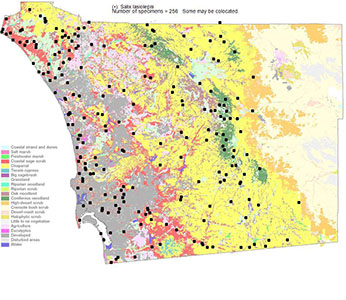
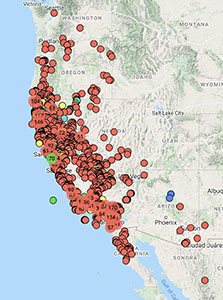
Left: S.D. County Plant Atlas (http://sdplantatlas.org). Right: CCH2. Click to see current herbarium records.

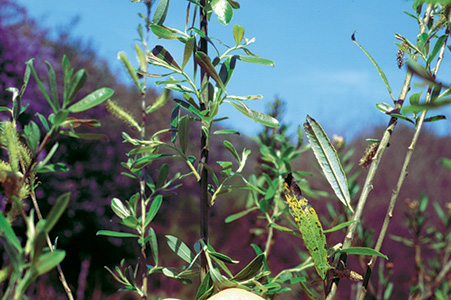
Salix lasiolepis
A most common riparian tree. According to references, all willows are dioecious, male and female plants separate.
Leaves are typically glaucous beneath.
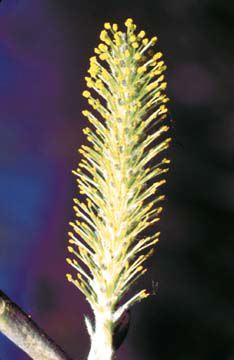
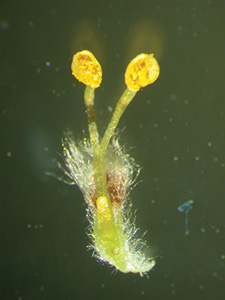
Salix lasiolepis
The inflorescence, a catkin, this one male (from a male tree). This species has two stamens per flower.
Note gland in axile of flower and outer bract (brown, covered with white trichomes, also distinctive for this species.
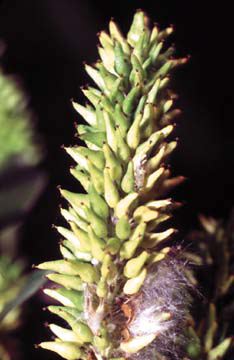
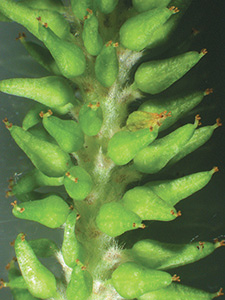
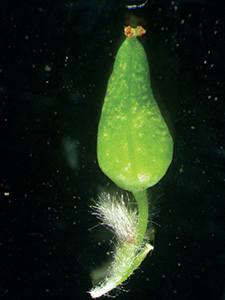
Salix lasiolepis
A female catkin and "female" (pistillate) flowers from a female tree.
As with male catkins, flower bracts are brown, but covered with white trichomes. Note also gland at inner base of petiole.
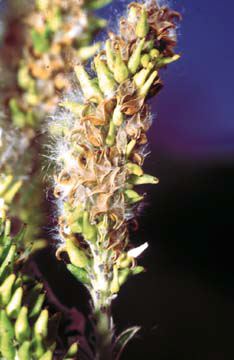

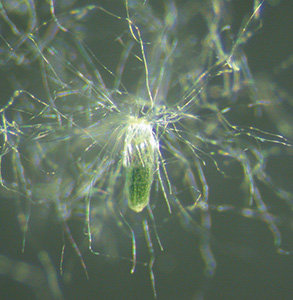
Salix lasiolepis
Two-valved capsules dehiscing.
Note comose seeds (right), meaning having a tuft of trichomes, a seed dispersal mechanism.
| Cal Photos images | Google images |